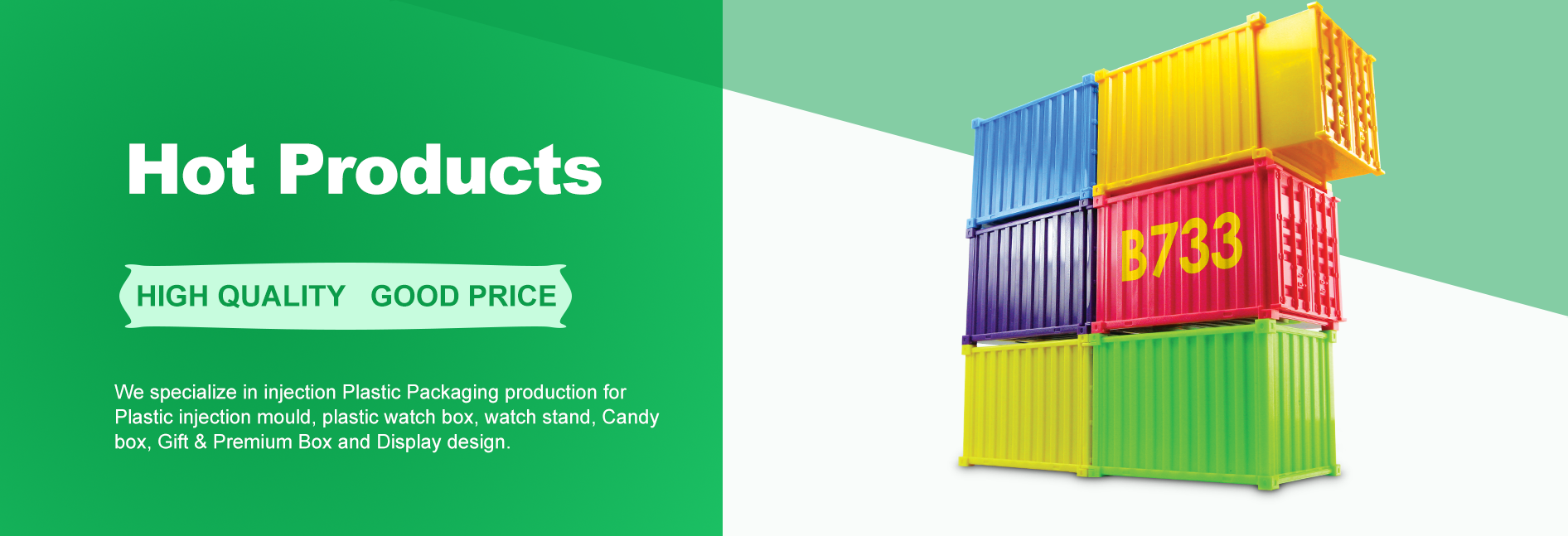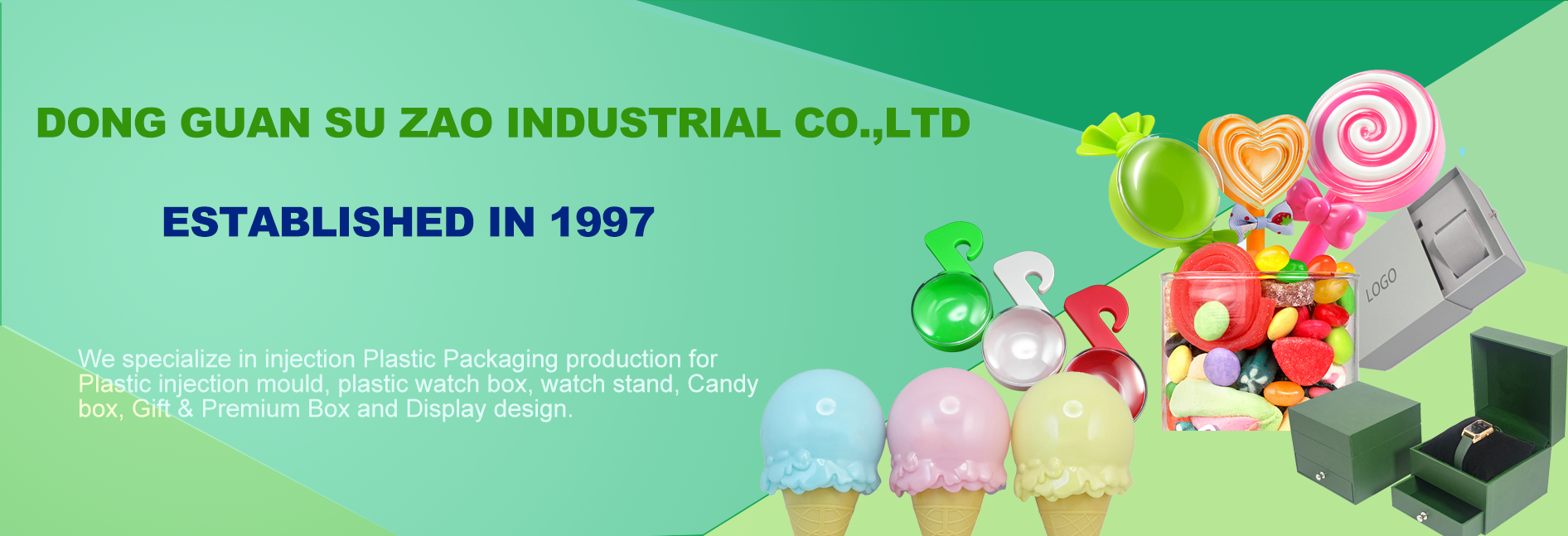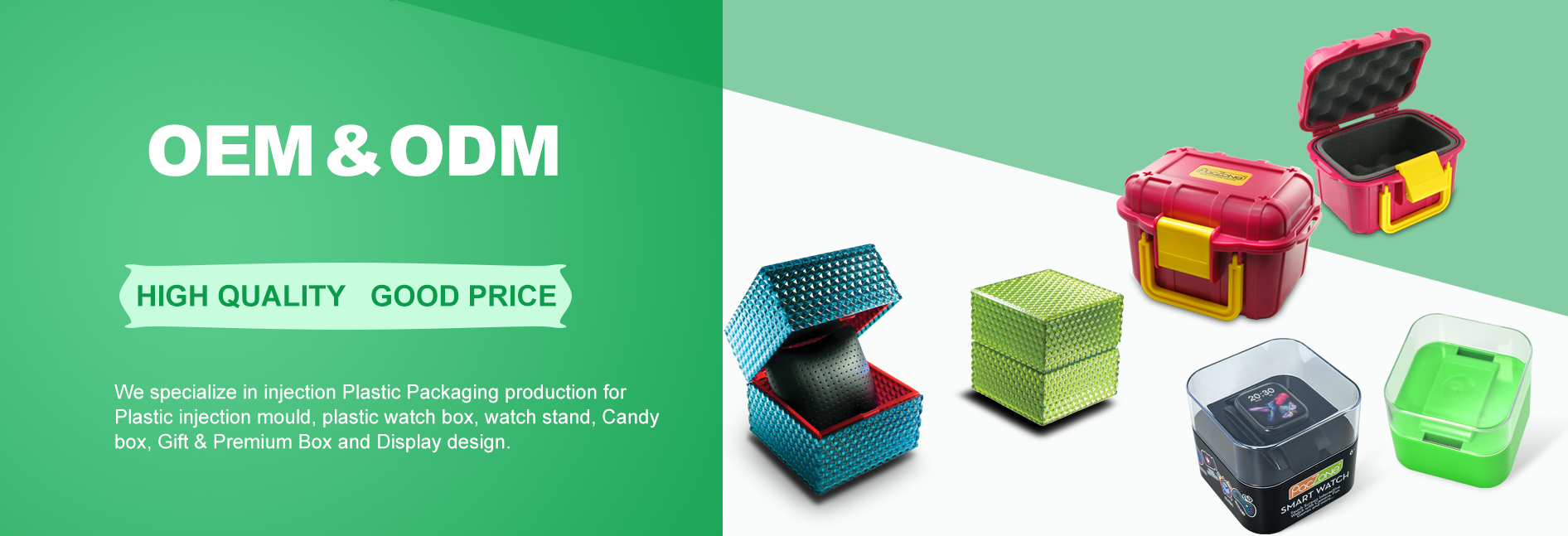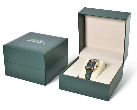

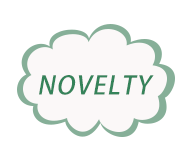

Quality
guarantee
Environmental
protection
Novel
design
Professional watch / gift / candy boxes manufacturer


1. Classification by use
It can be divided into printing paper, printing and copying paper, drawing paper, household paper, etc.
2. Press whether to coat
It is divided into uncoated paper, lightly coated paper and coated paper. The purpose of coating is to improve the surface properties of paper, such as coated paper and inkjet printing paper.
3. According to material
It can be divided into traditional plant fiber paper, PVC paper, PP paper (synthetic paper, good scratch resistance), etc.
coated paper
Features: Smooth surface and high brightness. There are two types: single-sided coating and calendering and double-sided coating and calendering, referred to as single copper and double copper. And because the calendered surface is divided into bright and matte, the industry refers to it as glossy copper paper and matte pink paper. Glossy copper paper has strong reflection and bright colors; matte pink paper has weak refection and delicate colors.
Application: business cards, albums, folding pages, etc.
Double offset paper
Features: Also called offset paper, generally between 60 grams and 150 grams. The surface smoothness, density and printing effect of the paper are worse than those of coated paper, and the price is low.
Application: books, textbooks, etc.
paper jam
Features: Strong and thick, with high stiffness, burst resistance and smoothness. According to color, there are generally white cardboard and gray cardboard.
Application: handbags, tags, cards, menus, invitations, packaging boxes, etc.
cardboard
Features: The inner core is generally gray, and the paper is thick and strong. According to the color, there are generally white cardboard and gray cardboard.
Application: Packaging, inner lining, etc.
Kraft paper
Features: The paper has a tough texture, high strength, and protective effect. Its appearance is similar to cowhide, and it can be single-gloss, double-gloss, striped, or grainless. According to the color, there are generally white cowhide, yellow cowhide and gray cowhide.
Application: traditional or retro packaging, environmental labels, portfolios, envelopes, etc.
newsprint
Features: Also called white newspaper, the paper is flexible, has good elasticity, and has good ink absorption performance. But after too long, the paper will turn yellow and become brittle, have poor water resistance, and become difficult to write on.
Application: Newspapers, newspapers, books, textbooks, comics, etc.
copy paper
Features: Also called Sydney paper, the surface is fine, flat, smooth, and has a certain degree of transparency.
Application: tax stamps, packaging, etc., mostly pure white, used to protect works, fruits, shoes and clothing, etc., exquisite and beautiful
carbonless paper
Features: Generally between 40-150g, with copy function, divided into upper, middle and lower paper. The upper, middle and lower papers cannot be exchanged or flipped, and the seven colors serve to distinguish them.
Application: Copies, forms, etc.
writing paper
Features: Generally between 50-100g, white and smooth, writing fluently.
Application: Notebooks, forms, exercise books, account books, etc.
Sulfuric acid paper
Features: Also called tracing paper and butter paper. It is translucent, has a frosted feel, has good toughness, and is not easily deformed. It can be waxed, coated, embossed, wrinkled, etc. Generally, some text or patterns are printed simply, and the graphics and text below can be vaguely seen through it.
Application: high-end books, picture album lining paper, book cover, title page and inner packaging, etc.
embossed paper
Features: Use mechanical embossing or crepe paper methods to emboss concave and convex patterns on the surface of ordinary paper. There are many choices such as cloth pattern, diagonal, straight stripe, sack pattern, plaid pattern, leather pattern, etc.
Application: soft packaging, notebooks, picture albums, etc.
cellophane
Features: It is actually a membrane formed by cellulose sulfonate, not real paper. There are colorless and transparent ones as well as various colored and transparent ones. The paper is soft, transparent and smooth, impermeable to air, water and oil, and has a certain degree of stiffness and gloss.
Application: packaging of medicine, cigarettes, food, cosmetics, etc.
Pearlescent paper
Features: It consists of three parts: bottom fiber, filler and surface coating. The surface is very smooth, highly reflective and has a pearlescent luster.
Application: high-end picture albums, greeting cards, jewelry luxury packaging and other materials
tactile paper
Features: Also called super-sensitive paper, the surface is micro-coated and feels very smooth and has excellent touch.
Application: picture album, packaging, etc.
Fine paper
Application: covers, packaging, albums, decorations, handicrafts, etc.
PVC material
Materials include matte, glossy, pearlescent, frosted, transparent, glue silk, brushed, laser, gold foil, etc. Different materials can also be combined with each other to create composite effects, such as frosted transparency, pearlescent gold foil, etc.
The thickness is generally 0.38mm (half the thickness of a normal bank card), and thicker is 0.76mm, 0.84mm or 1mm.
Application: business card, membership card, digital card or chip card, etc.

Phone:+86 136 5269 1365
Email:[email protected]
Address:No.18 Fuxing Road, Xiagang Community, Chang'an Town, Donguan City, Guangdong Province

